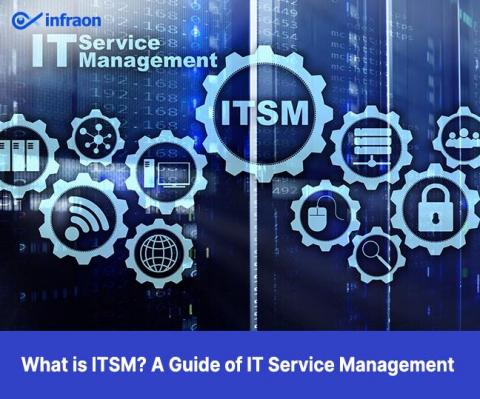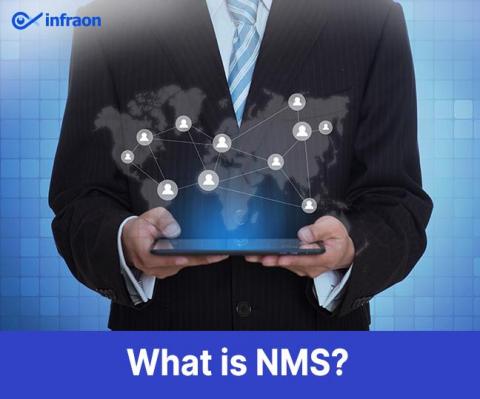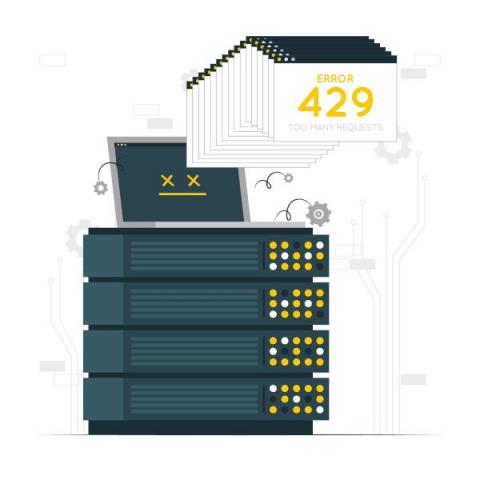What is ITSM? A Guide to IT Service Management
ITSM, or IT Service Management, is a holistic approach to managing and delivering technology-based services to an organization. It involves various aspects such as planning, designing, building, deploying, maintaining, and improving IT services to meet the needs of both internal and external stakeholders. The goal of ITSM is to consistently improve the quality and speed of service delivery and, ultimately, enhance customer satisfaction.













